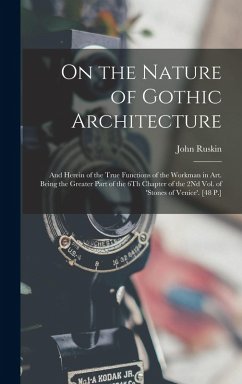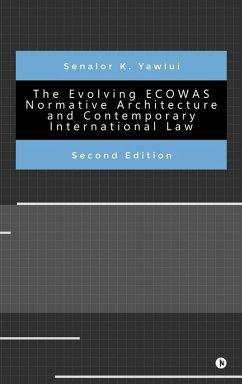
The African Peace and Security Architecture
Challenges and prospects
Versandkostenfrei!
Versandfertig in 6-10 Tagen
27,99 €
inkl. MwSt.

PAYBACK Punkte
14 °P sammeln!
Born of the transformation process from the Organisation of African Unity (OAU) to the African Union (AU), the African Peace and Security Architecture reflects the desire of African states to assume greater responsibility for peacekeeping operations in Africa. This Architecture is based on five pillars and is supported by the Regional Economic Communities (RECs). These mechanisms have enabled the AU to make great strides forward. Despite these efforts, the complexity of recent crises, notably that in Mali, has highlighted the limits of the Architecture's scope of intervention, raising doubts a...
Born of the transformation process from the Organisation of African Unity (OAU) to the African Union (AU), the African Peace and Security Architecture reflects the desire of African states to assume greater responsibility for peacekeeping operations in Africa. This Architecture is based on five pillars and is supported by the Regional Economic Communities (RECs). These mechanisms have enabled the AU to make great strides forward. Despite these efforts, the complexity of recent crises, notably that in Mali, has highlighted the limits of the Architecture's scope of intervention, raising doubts about its ability to effectively ensure the protection of civilian populations in armed conflicts. Clearly, the sine qua non conditions for the operational implementation of both the AU and the RECs have not been met. At the same time, there are financial, human and logistical problems that are intrinsically linked to economic constraints. An enormous amount of work is being done, but it is struggling to flourish, hence the need to strengthen African peacekeeping capabilities.












